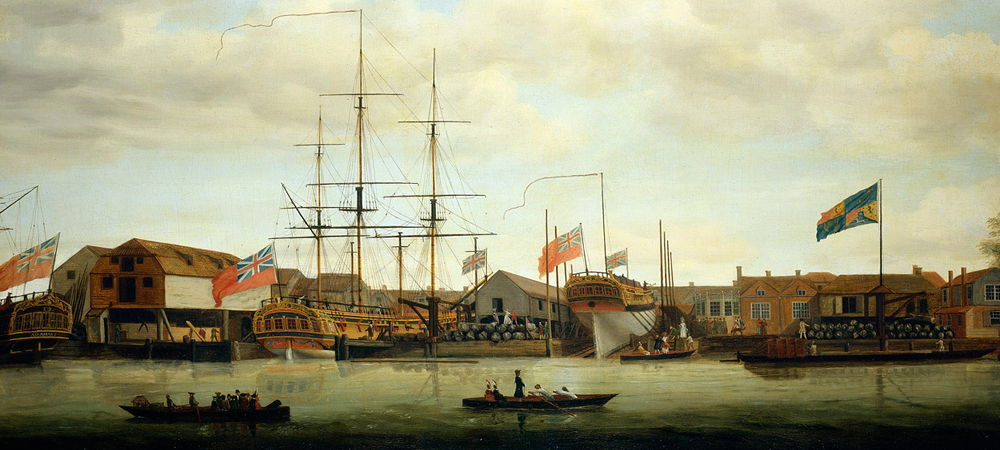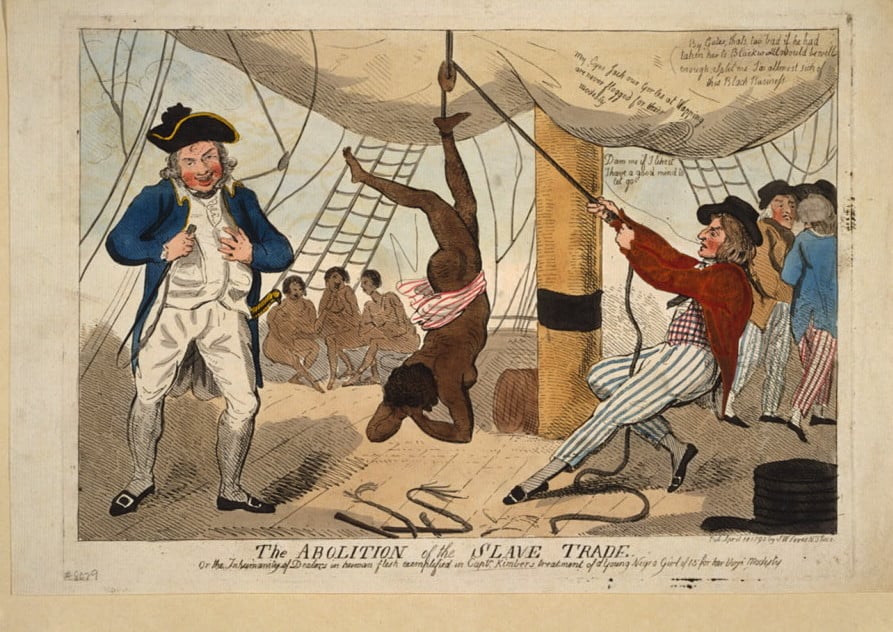
For too long, the study of abolitionism has ignored the work of early activists. But abolitionists had been agitating for nearly half a century before William Lloyd Garrison, Frederick Douglass, and Sojourner Truth joined the cause. Here we consider the rise of early abolitionist movements in the eighteenth century. Abolitionism in this era differed in important ways from later abolitionism. In understanding early abolitionism, we focus our discussion on three key questions.
Key Questions
What were the abolitionists up against?
What were the ideological and cultural foundations of early abolitionism?
How did slavery disappear in the North?
In an immensely influential article, historian David Brion Davis, a leading scholar of abolitionism, explained “What the Abolitionists Were Up Against.” Centuries of religious, economic, social, and political thought had sanctioned slavery, and abolitionists faced a long, uphill battle. But heartening changes came with the American Revolution, and many northern states began to purge themselves of slavery, albeit slowly. At the same time, slave rebels in Haiti enacted an immediate emancipation and created the first black republic in the western hemisphere. In this context, men and women like Anthony Benezet crafted an international movement to change hearts and minds. But early abolitionists also took the courts, meticulously studying the law and using every imaginable legal loophole to restore freedom for the enslaved.
